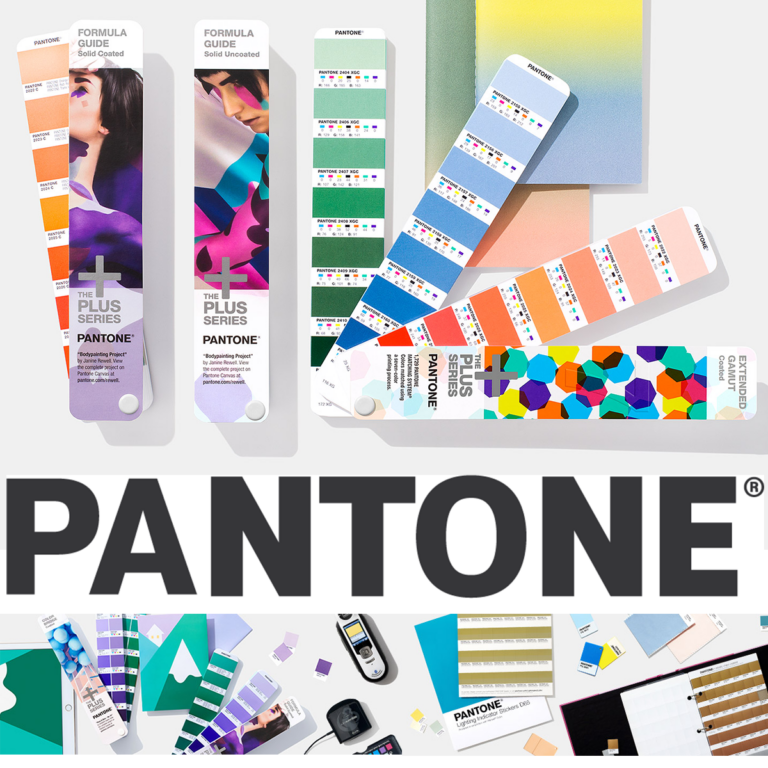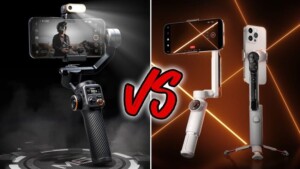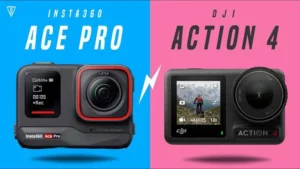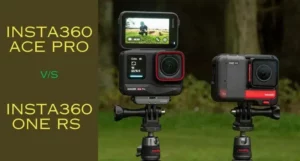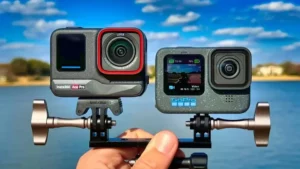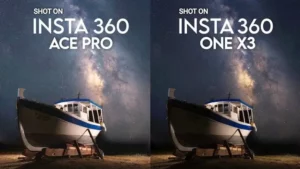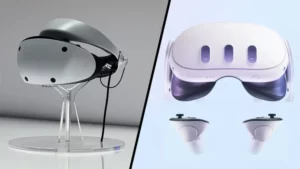Purchasing commercial print can be a lot like determining how to embellish your living room area. Finding the right balance of color and structure to obtain the look you want can be a daunting task. When it comes to color especially, you may need several passes, whether of paint samples or digital design versions, to get the color just right. Knowing what you’re trying to obtain and the concepts of color manufacturing can help you save your time and disappointment when it comes to your choice of ink on that important print project.
It is a reliable color matching system at Design Info, utilizing the Formula Guide for determining colors. By standardizing the colors, different producers in different places can all referrals a designated color, making sure colors coordinate without direct contact with one another. The normally recommended colors are in the Pantone Formula Guide Solid Coated & Uncoated. The solids palette includes 1,114 colors, identified by three or four number numbers, followed by a C, U, Or M suffix. Initially designed for the graphics industry, the solids palette is now used by a variety of sectors, and is the normally used palette.
This color also has a Textile palette, which includes 1,925 for Fashion and Home colors, identified by two numbers, followed by a hyphen, four numbers, and then a suffix. They also have a name, as an extra identifier. The Fashion and Home colors are used by fashion, textile, and apparel designers and manufacturers globally.
How Does Pantone Work?
The Solid Colors Palette, with over 1100 unique, designated colors, was originally developed to help photo printers and designers specify and control colors for print projects. This is the most widely used palette, with colors sometimes known as ‘PMS’ (for Pantone Matching System) or ‘spot colors’, and is used in the design, print, and posting, sectors.
How a Fashion Designer uses the Pantone Textile Color system
- A fashion designer at Design Info is developing a new type of men’s informal outfits. She looks through a fashion and residential color information, which contains over 1,900 textile colors until she discovers one she prefers.
- She really prefers 17-3619 Pantone TPG, Hyacinth. It’s the perfect color for one of the sporadic covers. She transmits her range to her client, and they accept the color she has selected. The client identifies Hyacinth Violet 17-3619 for one of the covers in their new range and delivers their preliminary purchase to their overseas manufacturer.
- The overseas manufacturer customized colors a lot of fabric. They use their for fashion and home color guide to coordinate the color the customer specified, as well as quality control the dyeing process.
- This fabric is sent to the cutting and stitching team, and they produce the preliminary purchase of 2000 pieces and deliver to their client.
- With the Pantone for fashion and home matching system, color
reliability is assured, from design to client, to overseas manufacturing, to final delivery.
How Pantone Became The Specified Language Of Color
Pantone is more than one language for designers—it’s grown into a global design force. These days it started as a visual requirements system for commercial designers in 1963 but has changed into a design force starting in the 2000s due in part to determine marketing initiatives and tasks.
Today, it provides not only as the premier color consultant and authority on styles but also as a personal brand in housewares, electronics, apparel, accessories, stationery and office supplies, arts and crafts, home furnishings, and apps.
It is a recognized industry-standard used in the printing industry. Their extensive details of colors are identified by the actual statistic of the Cyan-Magenta-Yellow-Black (CMYK) principles used to print that particular color. One color will provide all hue, vividness, and strength information. By offering a printer the color used in your design or artwork, the reproduced print will always be color-consistent and trustworthy to the very first style.
One of the most often seen uses of exact color related is for corporate logos. Logos are generally trademarked with a color so that their colors will be identical (and of course, recognizable) no matter if they’re printed on products, on ads, or corporate logos.
When Using Pantone Color for Commercial Printing
As an artist at Design Info, we have to consider how many colors used in a certain style. Why? Because the price of the color you take. More color you take more cost range you get. For picture color, of course, 4 colors you take. But for exclusive cases, you need Color for making your style looks better or unique.
If you have more cost range, a mixture of 4 colors and Pantone should consider creating a better look of your last outcome. But if you do not have more costs, you can use color only to print a good last print, such as Dull, Duotone, Tritone or Quadtone color.
